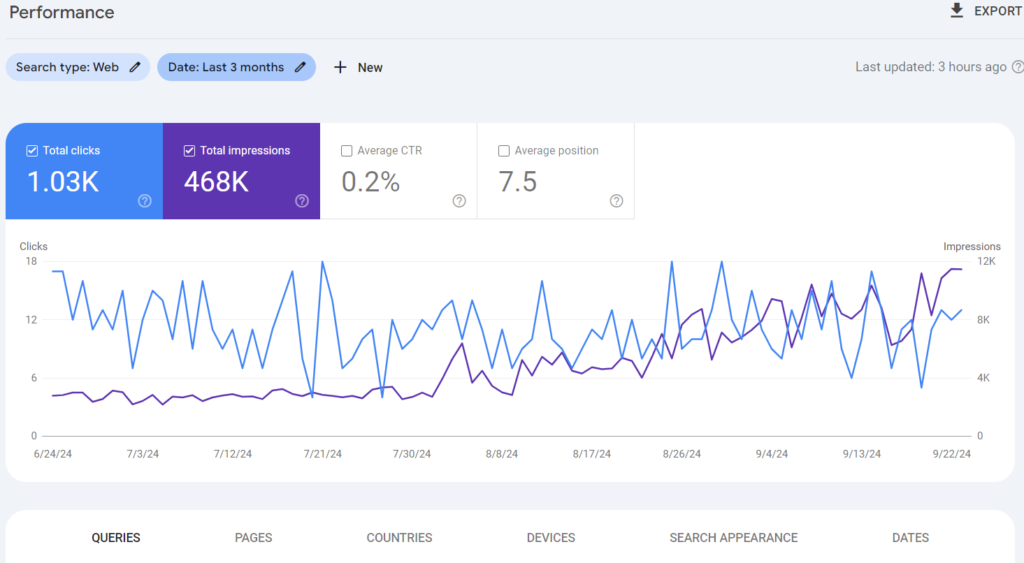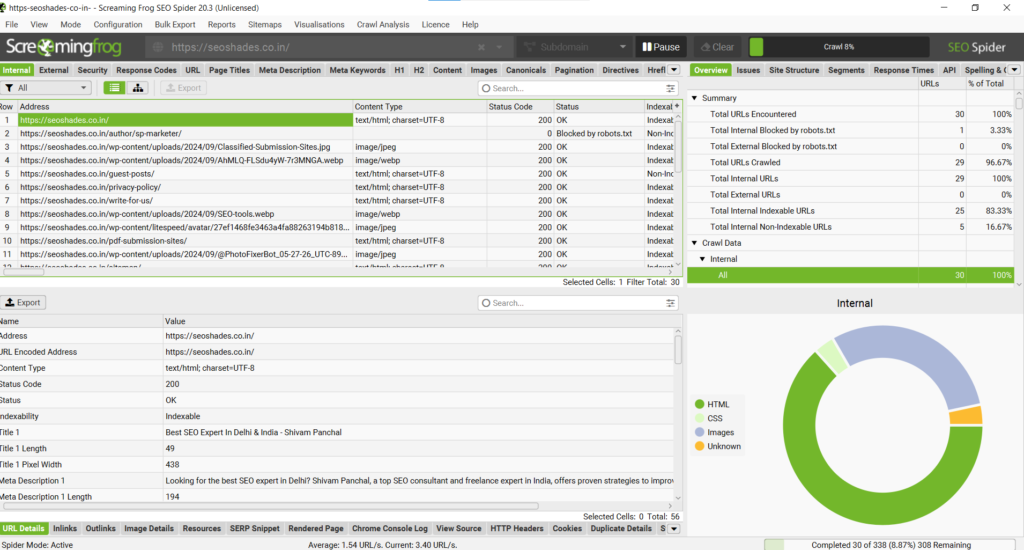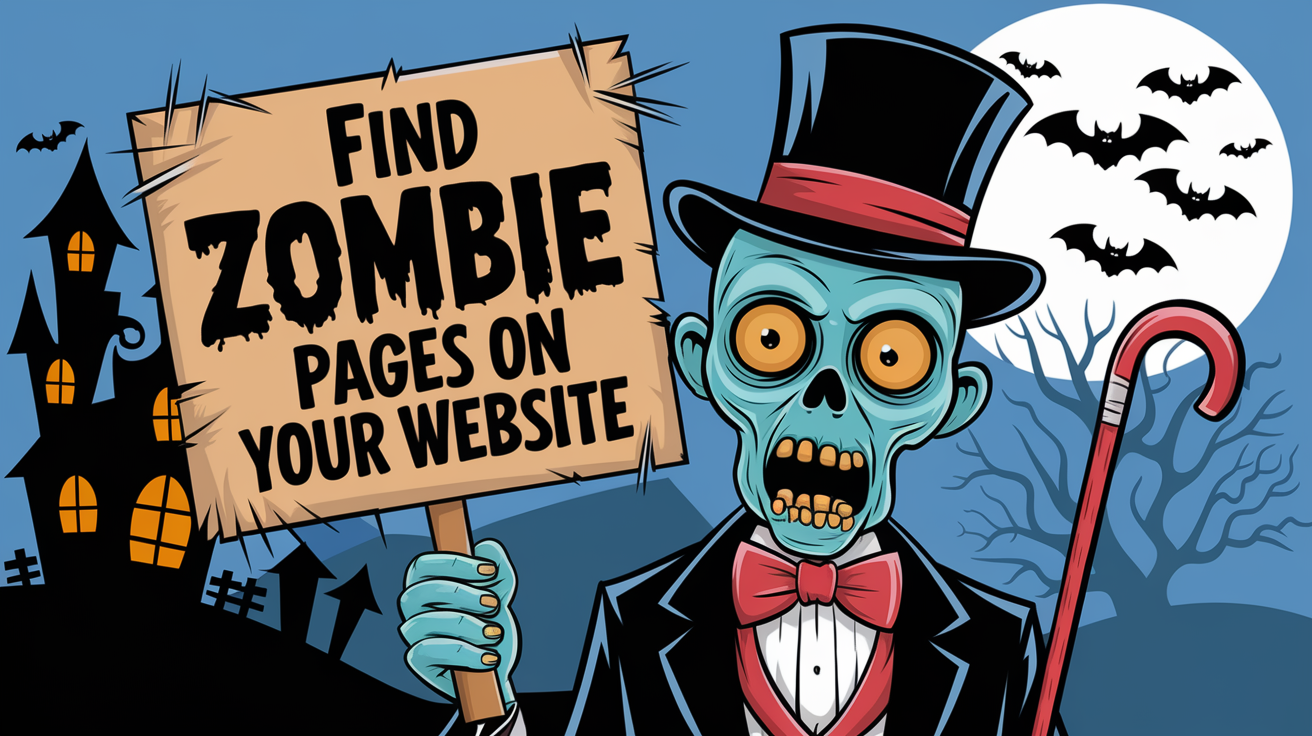If you’re running a website, you want every page to contribute to your site’s goals. However, sometimes, there are pages that don’t really serve any purpose. These are called “zombie pages.” Zombie pages can hurt your SEO and make your website look less appealing to search engines. In this blog, we’ll walk you through what zombie pages are, why they are bad for your website, and how you can find and deal with them.
What Are Zombie Pages?
Zombie pages are the pages on your website that don’t get much traffic, engagement, or aren’t useful anymore. These could be:
- Old blog posts that are outdated.
- Duplicate or thin content (pages with little to no useful information).
- Pages that don’t target any valuable keywords.
- Pages with poor quality that users or search engines don’t care about.
Zombie pages can hurt your website because search engines like Google look for quality content. If your site has too many low-quality pages, it can impact your ranking on search engine results pages (SERPs).
Why Are Zombie Pages Bad for SEO?
Here’s why zombie pages can hurt your SEO:
- Lower Site Quality: Search engines crawl through your website and assess its overall quality. Having many low-quality pages might make search engines view your site as less valuable.
- Wastes Crawl Budget: Search engines have a limited amount of time to crawl your website. If they spend too much time on your zombie pages, they might not have enough time to crawl the important pages that could boost your SEO.
- Bad User Experience: If users land on a zombie page, they might find the content unhelpful or outdated and leave your site quickly, increasing your bounce rate.
How to Find Zombie Pages
Finding zombie pages on your website is essential to keeping your site clean and optimized. Here are some simple steps to help you locate them.
1. Use Google Analytics
Google Analytics is a free tool that can help you identify which pages on your site are not performing well. To find zombie pages, follow these steps:

- Log into Google Analytics.
- Go to Behavior > Site Content > All Pages.
- Set the date range to the past 6 months or a year.
- Look for pages with low or no traffic.
These pages are likely to be zombie pages, especially if they haven’t seen any activity in a long time.
2. Check Google Search Console
Google Search Console provides insights into how your site is performing on Google’s search results. To find zombie pages:

- Log into Google Search Console.
- Go to the Performance section.
- Look for pages with few or no clicks.
If a page has been indexed but isn’t getting clicks, it may be a zombie page.
3. Use a Website Crawler (Screaming Frog)
Screaming Frog is a powerful tool that crawls your website, similar to how a search engine would. It can help you identify pages with:

- Thin content (pages with very few words).
- Duplicate content.
- Pages with errors (like 404 errors or broken links).
Download Screaming Frog, run a crawl on your website, and check for these signs to identify potential zombie pages.
4. Look for Thin Content
Zombie pages often have very little content. A quick way to find them is to look for pages with fewer than 300 words. Tools like Screaming Frog or even manual checking can help you spot thin content pages.
5. Manual Review
If your website isn’t too big, you can manually review your pages. Ask yourself these questions:
- Does this page still provide value?
- Is the information outdated or irrelevant?
- Does this page target any useful keywords?
If the answer to any of these questions is “no,” the page might be a zombie page.
What to Do With Zombie Pages
Once you find your zombie pages, you need to decide what to do with them. Here are some options:
1. Update the Content
If the page has some value but is outdated, update it with fresh, relevant content. This could include:
- Adding new information.
- Improving the page structure.
- Adding more keywords to optimize it for search engines.
2. Merge Pages
If you have several similar zombie pages, consider merging them into one high-quality page. For example, if you have multiple blog posts on the same topic, combine them into one comprehensive article.
3. Redirect or Delete
If the page is completely useless and can’t be improved, consider deleting it. If it has some backlinks or previously had traffic, use a 301 redirect to send users to a more useful page.
4. Noindex the Page
If you don’t want a page to appear in search results but still need it for users (like a thank-you page after someone fills out a form), add a “noindex” tag. This tells search engines not to index the page.
Finding and fixing zombie pages is crucial for maintaining a healthy, high-performing website. By regularly reviewing your site for low-traffic, low-value pages, you can keep it optimized for both users and search engines. Use tools like Google Analytics, Search Console, and Screaming Frog to help you identify these pages, and then decide whether to update, merge, or remove them. Keeping your site clean will not only improve user experience but also boost your SEO ranking.

I’m Shivam Panchal, an SEO expert and digital marketer from Delhi. I run SEO Shades, where I share practical SEO tips, link-building strategies, and website growth hacks. With over 3 years of experience, I help businesses boost their online visibility and rank higher on Google.


